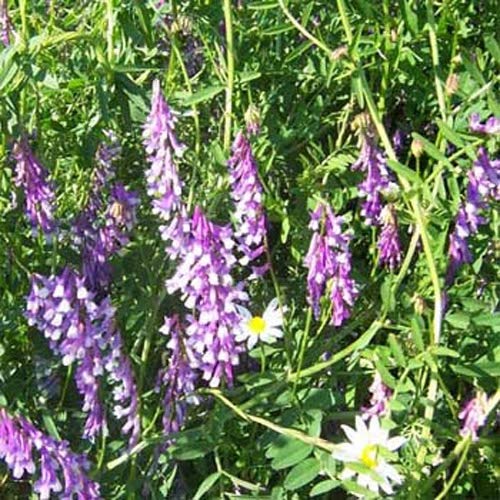I often get questions from folks about what they can do to help feed the bees, outside of a bucket of sugar water of course. People genuinely want to offer passive help to bees (and other pollinators) it seems, so long as it’s easy to do. I’ll share some of the things I’ve come up with, and some cautions I’ve identified.
The simplest thing of course that one can do is just encourage wild flora for the bees to work on, and select native species that offer more nectar and pollen. Some plants are far more prolific than others in terms of nectar and pollen output. And don’t let a beautiful flower, or heavily flowering plant fool you. It may be a food desert in the eyes of pollinators. One quick example in the south is the Crepe Myrtle trees. Man they put on a show, and smell amazing, but if you watch, they won’t exactly be loaded with bees. Conversely, Red Maple and Elm “bloom” in very early spring. You won’t notice, unless you’re looking for it. Or if you happen to stand under a red maple that is buzzing.
It’s great to know what plants to look for. If given the option between two similarly showy varieties, I want to know which one is a better feed source for the bees. Doing a google search will get you all sorts of mixed results on which plants, both native and domesticated (ag crops like alfalfa and clover), are the “best” for any one situation.
A book I recently purchased that I recommend: “100 Plants to Feed the Bees.” You can click the image to get it off Amazon. The book contains a wealth of plant species (well, at least 100) that are beneficial to multiple pollinators, not just bees. I particularly like that it has a zone map for each plant type, so you can quickly identify if it’s a good species for your area. Some of the more prolific plants have an estimate of honey yields one could expect, though I find the #/acre value to be inconsistent, as it doesn’t specify how many hives foraged on that acre. I digress.
I for one just like to put in large patches of bee feed flowers wherever I can. Now I must caution you all, look closely at what you are buying! I have found quite often, that the large bag of seed for sale in most retail places, is actually very little seed. You’ll grab it up as a big bag with pretty colors and lettering and feel like it’s a good deal. Check the back label for guaranteed analysis. Quite often it will be as much as 98% inert matter. That’s right! A 2lb bag of “seed” for example, that might only be 2% actual seed. And then that might only have an 80% germination rate. I prefer to buy pure seed. At times it may seem more expensive, but you’re also getting the real deal.
One good example of readily available (and cheap!!) seed, is alfalfa. Now you have to be careful to get a more natural species. Most modern varieties of alfalfa have been “improved” for more leaf and less flower, to make them good forage crops for herbivores. But we want flower for the bees! All alfalfa will still flower, but if you can find a more flower heavy variety, that should help. Unfortunately, I don’t know exactly what that is, but you can just click on the picture to get going!
Another basic good one is clover of course. In most cases, clover is a self seeding perennial. Often times in ag use it will be referred to as annual, but it’s because it’s treated as an annual, being cut for hay before it has an opportunity to go to seed. There are several varieties of clover, some more hardy than others. And some more prolific than others. I prefer to stick with something hardy. White ball clover, red clovers, and crimson clover (in the south). There are improved varieties of yellow clover that are known of high nectar yields, but I can’t speak for their resilience in all areas. Crimson clover is what I see all over in the ditches down here around my place in the spring. I think it’s actually one of the lower yielding varieties, in terms of nectar, but it is resilient!
Another great native is vetch. I really like the deep purple flowers mixed in with the rich green foliage. It can be a little messy to walk through. It is another legume, like clover and alfalfa, so it’s excellent for bees and soil building! I don’t know much else about it honestly, but I know it’s prolific once established.
Don’t get hung up on just flowering smaller plants. Trees can be huge producers! In the gulf coast where I’m at, one of the biggest producers is the Chinese Tallow. Now I can’t condone cultivating this tree, as it’s branded as a an invasive species. It will readily take over clearings, thinnings and disturbed areas. With no “commercial” value in timber, and it’s “invasive” status, it’s easy to hate. But it’s also what I depend on for my prime honey flow. My long term goal with my property is to establish more high nectar hardwoods, such as Black Locust, Black Cherry, and whatever else I can find that’s considered native, and ideally also quality wood or fruit.
I’ll leave you to decide what and how you want to plant in your area. I just wanted to share a few easy options and hints. Don’t be fooled by big showy flowers, they might not be as bee friendly as you’d think. Shop around, shop pure seed, and get to planting!



